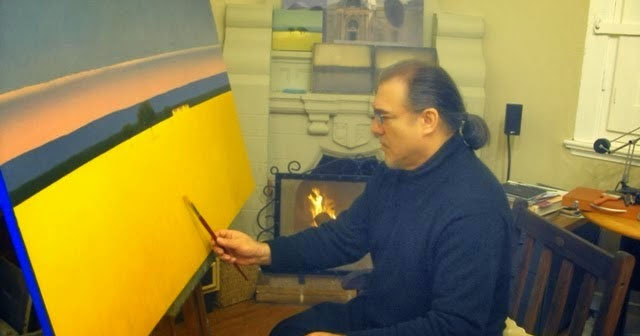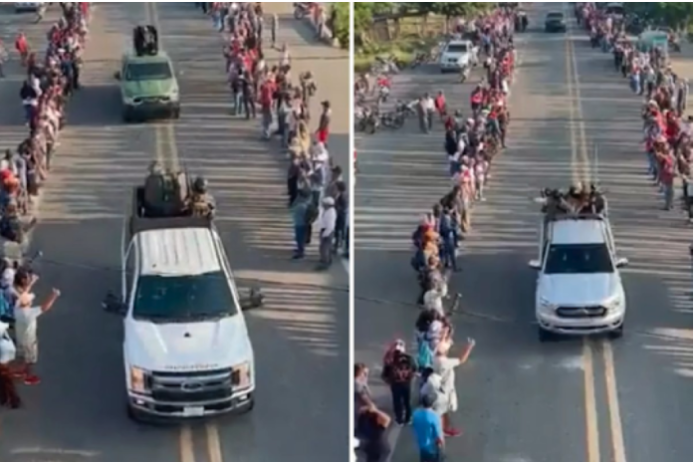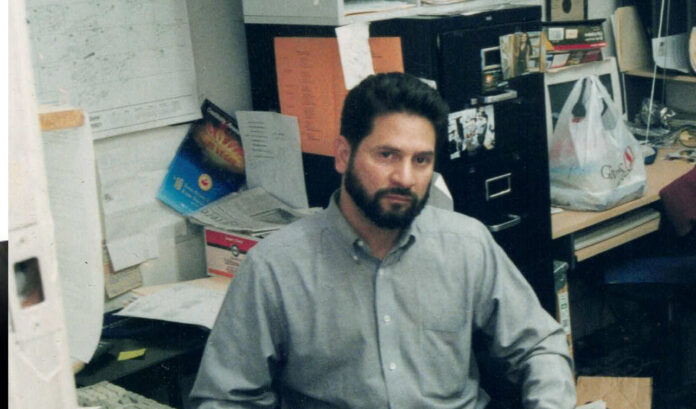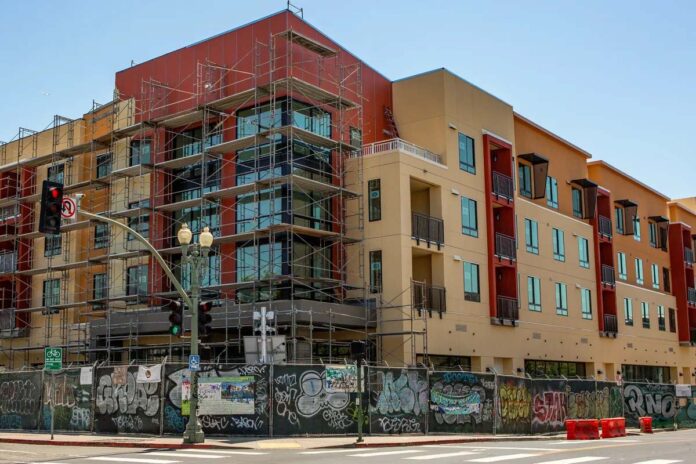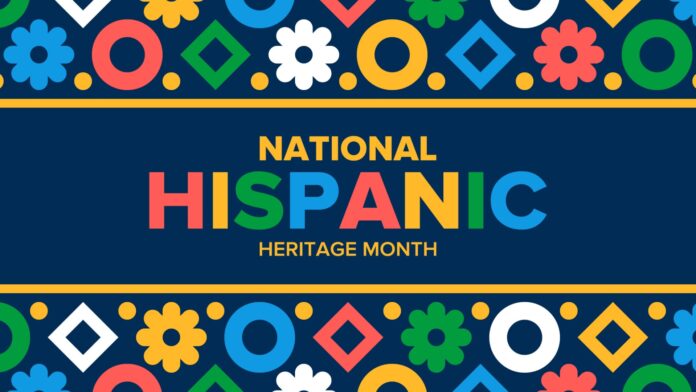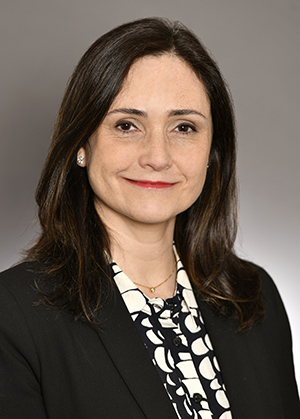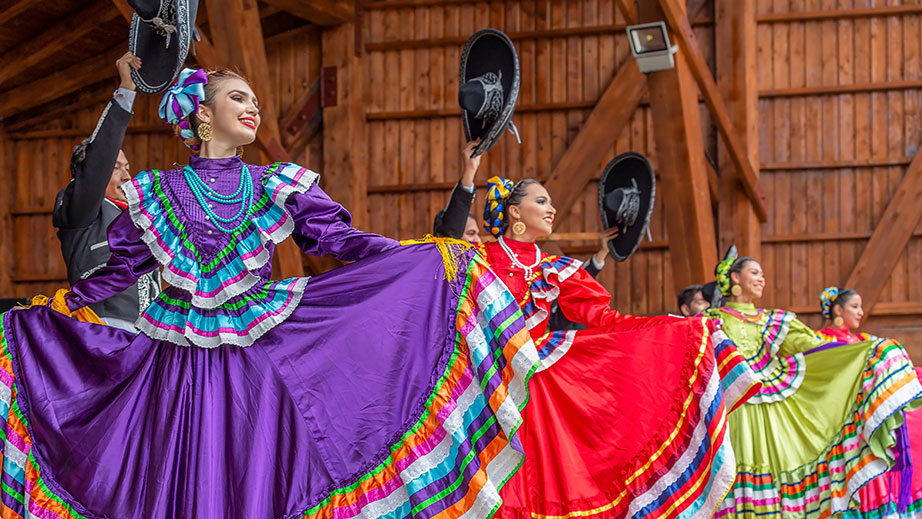by Jack Hellner
Kamala Harris says that a huge number of young people have climate anxiety. Maybe they wouldn’t be depressed if they were told the truth that the climate has always changed cyclically and naturally
(American Thinker) — Dozens of scientists say we have hit the tipping point… again. It is amazing how often we’ve hit this tipping point, yet things don’t seem to be as dire as “they” predicted. From CNN via Yahoo News:
Human actions have pushed the world into the danger zone on several key indicators of planetary health, threatening to trigger dramatic changes in conditions on Earth, according to a new analysis from 29 scientists in eight countries.
Then, former climate scientist at NASA James Hansen said it is far worse than he originally anticipated in 1988:
In a recent statement released by Hansen alongside two other scientists, Hansen predicted the warming of the planet to accelerate in the coming years, musing about a ‘new climate frontier.’
…
Of the lack of response by humanity as a whole, Hansen added, ‘It means we are damned fools. We have to taste it to believe it.’
Yet, Hansen has a tough time explaining why we had a global cooling period from 1940-1970. His best guess? Aerosols. From NASA:
‘I think the cooling that Earth experienced through the middle of the twentieth century was due in part to natural variability,’ he said. ‘But there’s another factor made by humans which probably contributed, and could even be the dominant cause: aerosols.’
So, if aerosols can override all the things we are told cause warming, why don’t we just use aerosols to cool the earth instead of destroying industries that produce reasonably priced energy and which have greatly improved our quality and length of life?
We were told 1970 was also a tipping point, and billions would soon die from an impending ice age, because the earth had been cooling for 30 years.
READ: Putin approves Russian climate policy committed to reaching ‘net zero’ by 2060
The media operatives have been warning the public of a “tipping point” since at least 1989, and as always, the window of time to solve the problem was rapidly diminishing:
Over the last 30 years, the media has made this clear. ‘A senior U.N. environmental official says entire nations could be wiped off the face of the Earth if the global warming trend is not reversed by the year 2000,’ wrote Peter James Spielmann of the Associated Press in 1989. ‘UN scientists warn time is running out to tackle global warming. Scientists say eight years left to avoid worst effects,’ wrote David Adam in the Guardian in 2007. ‘We have 10 years left to save the world, says climate expert,’ wrote HuffPost’s Laura Paddison in 2020.
Meanwhile, in 2021, Antarctica had the coldest six months on record, six degrees colder than the average of the last 40 years.
California had record snow in 2023, a weather event – not a transition to electric vehicles or less crude oil consumption – which alleviated the state’s long drought.
Texas also had record cold in February 2021.
And in 2023, Los Angeles had the coldest May and June on record. How could a big city like LA – with lots of cars and people, and notorious smog – set record low temperatures for months if everything we are told caused warming actually did?
Why doesn’t the media highlight record snow and cold periods to show natural variability? The answer is that it wouldn’t scare people, and the green pushers would lose all public support.
My wife and I just took a 5,000-mile trip out to the West. It would help if journalists took a similar trip to see that the climate has always changed cyclically and naturally, instead of just repeating what they are told.
Here are a few places I saw and what I learned:
Lake Tahoe has gone through millions of years of change including earthquakes, volcanoes, and glacial activity. All natural!
Yosemite National Park was formed two million years ago when a huge sheet of ice melted. The warmup, which had to be significant, did not destroy the planet.
California, Utah, Nevada, and Arizona are all covered by massive deserts that have been there long before humans and our use of natural resources could have caused them.
Here are more than 1,600 scientists who will never get a voice on or in mainstream media outlets, because they are scientists who say that there is no climate emergency, and assure the public that the climate is changing cyclically and naturally as it always has.
Kamala Harris says that a huge number of young people have climate anxiety. I wonder why! Maybe they wouldn’t be depressed if they were told the truth that the climate has always changed cyclically and naturally.
It is pathetic that we see what is going on in China, Taiwan, Russia, Ukraine, Iran, Israel, and North Korea, that we see rampant crime with the open border… but our “president” says the greatest existential threat is a predicted temperature rise (of one or two degrees) based on easily-manipulated computer models that have been consistently wrong.
It is even more pathetic when most people posing as journalists, entertainers, and educators just repeat the leftist talking points instead of asking questions and doing research. That makes them dangerous to our survival as a great and prosperous country.
Reprinted with permission from American Thinker.




